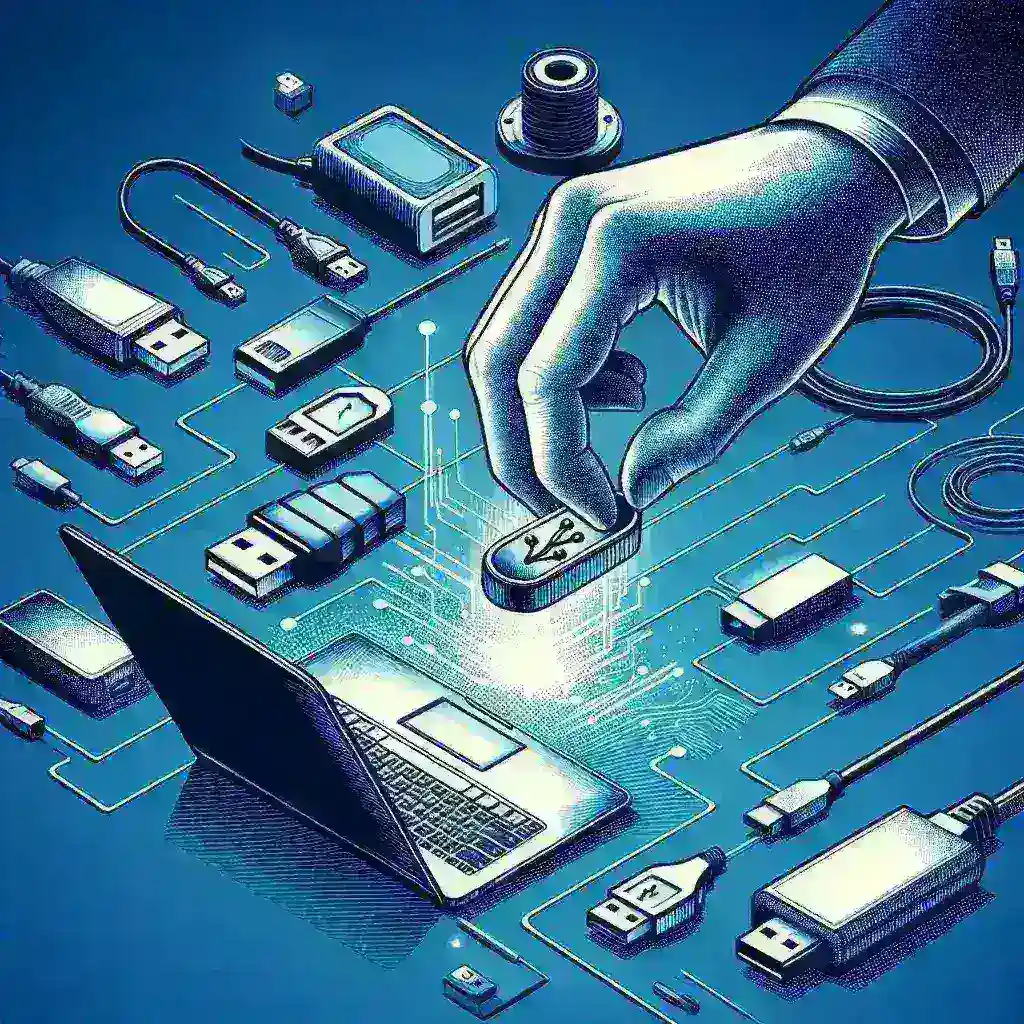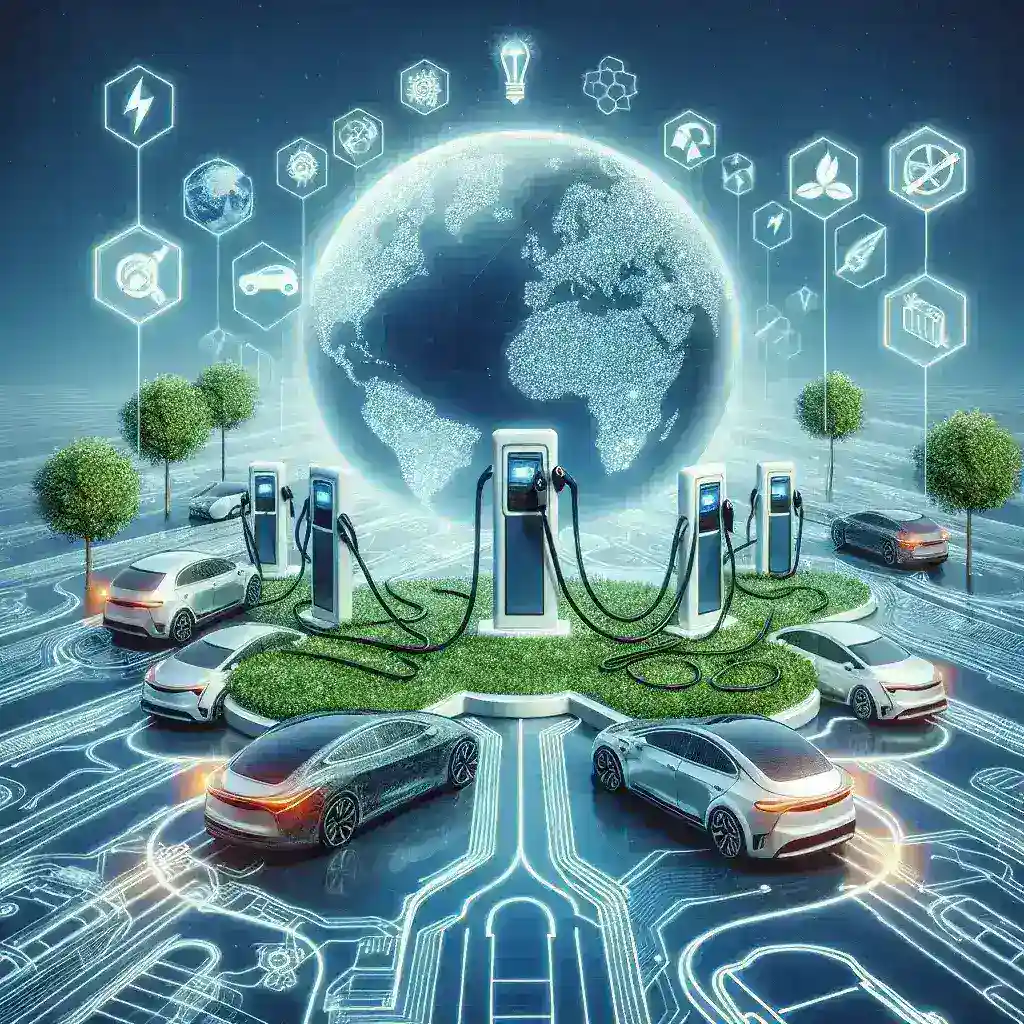Introduction to USB Technology
Universal Serial Bus, commonly known as USB, has revolutionized the way we connect devices and transfer data. Since its introduction in the mid-1990s, USB has become the most widely used connection interface in the computing world. Whether you’re connecting a mouse, keyboard, printer, external hard drive, or smartphone to your computer, chances are you’re using USB technology. This comprehensive guide will walk you through everything you need to know about USB, from basic concepts to advanced usage techniques.
Understanding USB Basics
Before diving into the practical aspects of using USB, it’s important to understand some fundamental concepts about this ubiquitous technology.
What Exactly is USB?
USB stands for Universal Serial Bus, and as the name suggests, it’s a standardized interface that allows for serial communication between devices and a host controller (typically a computer). The “universal” aspect refers to its goal of standardizing the connection of peripherals to personal computers, both for communication and power supply.
USB was designed to simplify the connection process, allow hot-swapping (connecting and disconnecting without restarting the computer), and provide a single, standardized interface to replace a variety of specialized ports. Today, USB connects billions of devices worldwide, from the simplest thumb drives to complex medical equipment.
The Evolution of USB Standards
USB technology has evolved significantly over the years, with each new version offering improvements in data transfer speeds, power delivery capabilities, and overall functionality:
- USB 1.0 and 1.1 (1996-1998): The original standards, with speeds of 1.5 Mbps (Low-Speed) and 12 Mbps (Full-Speed).
- USB 2.0 (2000): Introduced High-Speed transfer at 480 Mbps, a significant improvement that enabled practical video and storage applications.
- USB 3.0/3.1 Gen 1 (2008): Often identified by blue connectors, this standard brought SuperSpeed transfer at 5 Gbps.
- USB 3.1 Gen 2 (2013): Doubled the SuperSpeed rate to 10 Gbps.
- USB 3.2 (2017): Introduced multi-lane operations, allowing for speeds up to 20 Gbps.
- USB4 (2019): Based on the Thunderbolt 3 protocol specification, supporting data transfer speeds up to 40 Gbps.
Types of USB Connectors
One potentially confusing aspect of USB is the variety of connector types. Here’s a breakdown of the most common ones:
- USB Type-A: The original, flat, rectangular connector found on computers and hubs. It’s designed to connect USB devices to a host system.
- USB Type-B: A square connector with slightly beveled corners, commonly found on larger devices like printers and scanners.
- USB Mini-B: A smaller version of Type-B, popular with older digital cameras and MP3 players.
- USB Micro-B: Even smaller than Mini-B, this became the standard for mobile phones before Type-C, and is still common on many devices.
- USB Type-C: The newest standard connector, featuring a reversible design (can be plugged in either way) and support for faster data transfer and higher power delivery.
Understanding these different connectors is crucial when selecting cables and adapters for your specific devices.
Basic USB Usage: Connecting and Using Devices
Now that we’ve covered the fundamentals, let’s explore how to actually use USB in everyday situations.
Connecting USB Devices
Connecting USB devices is generally straightforward, but there are some best practices to follow:
- Identify the correct port: Look for the USB symbol on your computer or device. Modern computers typically have multiple USB ports.
- Match the connector type: Ensure you have the right cable with appropriate connectors for both your device and computer.
- Orient the connector correctly: For non-Type-C connectors, check the orientation before inserting. USB Type-A and Type-B connectors can only be inserted one way. Forcing them can damage the port or connector.
- Insert gently: Use moderate pressure to insert the connector. If you feel significant resistance, check the orientation again.
- Wait for recognition: Your computer may need a few moments to recognize a newly connected device, especially if it’s the first time connecting it.
Safely Removing USB Devices
One of the most common mistakes people make with USB devices is disconnecting them improperly, which can lead to data corruption or loss. Here’s how to safely remove USB devices:
On Windows:
- Look for the “Safely Remove Hardware” icon in the system tray (near the clock).
- Click on the icon to see a list of connected devices.
- Select the device you want to remove.
- Wait for the “Safe to Remove Hardware” message before physically disconnecting the device.
On macOS:
- Drag the device icon from your desktop to the Trash (which changes to an Eject icon).
- Alternatively, click the eject button next to the device in Finder.
- Wait for the device to disappear from your desktop or Finder before physically disconnecting it.
On Linux:
- Right-click on the device icon on your desktop.
- Select “Eject” or “Safely Remove Drive.”
- Wait for confirmation before physically disconnecting.
Troubleshooting Common USB Connection Issues
Even with USB’s plug-and-play design, you might occasionally encounter connection problems. Here are some common issues and their solutions:
Device Not Recognized
- Try another USB port: Some ports might be malfunctioning or have different specifications.
- Check the cable: USB cables can fail internally while looking perfectly fine externally.
- Restart your computer: Sometimes the simplest solution is the most effective.
- Update drivers: Your operating system might need updated drivers to recognize newer devices.
Slow Data Transfer
- Check USB version compatibility: A USB 3.0 device connected to a USB 2.0 port will operate at the slower USB 2.0 speed.
- Avoid USB hubs for high-performance devices: Direct connection to your computer usually provides better performance.
- Close unnecessary applications: Other programs might be using system resources that could affect transfer speeds.
Advanced USB Usage
Beyond basic connectivity, USB offers many advanced features and capabilities worth exploring.
USB for Data Transfer
One of the primary uses of USB is transferring data between devices. Here are some tips for efficient data transfer:
Optimizing Transfer Speeds
- Use the right USB standard: Match your cable and ports to the highest common standard between your devices.
- Transfer larger files instead of many small ones: Due to overhead in the file system, transferring one large file is generally faster than transferring many small files of the same total size.
- Consider file system format: For USB drives, formats like exFAT offer good compatibility between operating systems while supporting large files.
Best Practices for USB Storage
- Regular backups: Never rely solely on a USB drive for important data.
- Proper ejection: Always eject drives properly before disconnecting.
- Virus scanning: Regularly scan USB drives for malware, as they can be vectors for computer infections.
- Physical protection: Use cases or caps to protect connectors when drives are not in use.
USB Power Delivery
Modern USB standards offer significant power delivery capabilities, enabling charging and powering of various devices.
Understanding USB Power Specifications
- Standard USB 2.0: Provides up to 500mA at 5V (2.5W).
- USB 3.0/3.1: Provides up to 900mA at 5V (4.5W).
- USB Battery Charging (BC) 1.2: Allows up to 1.5A at 5V (7.5W).
- USB Power Delivery (USB PD): Can provide up to 100W, with negotiations between devices determining the appropriate voltage and current.
Charging Devices via USB
When charging devices through USB, consider these factors:
- Power requirements: Check your device’s power needs against what your charger can provide.
- Cable quality: Low-quality cables may not support fast charging or might pose safety risks.
- Compatibility: Some devices use proprietary fast-charging technologies that require specific chargers.
USB Hubs: Expanding Your Connectivity
USB hubs allow you to connect multiple USB devices to a single USB port, effectively expanding your connectivity options.
Types of USB Hubs
- Bus-powered hubs: Draw power from the computer’s USB port, suitable for low-power devices like keyboards and mice.
- Self-powered hubs: Include their own power adapter, necessary for devices that require more power, like external hard drives.
- USB 3.0/3.1/3.2 hubs: Support higher data transfer rates, but require compatible cables and devices to achieve these speeds.
Considerations When Using USB Hubs
- Power limitations: Be aware that bus-powered hubs split the available power among connected devices.
- Bandwidth sharing: All devices connected to a hub share the bandwidth of that single USB port.
- Latency: Adding a hub introduces a slight delay in communication, which may affect time-sensitive applications.
Specialized USB Applications
USB technology extends beyond simple storage and peripheral connections. Here are some specialized applications worth knowing about.
USB for Audio and Video
USB has become a common interface for audio and video equipment:
USB Audio Interfaces
- External sound cards: Provide higher-quality audio than many built-in computer sound systems.
- USB microphones: Offer plug-and-play recording capabilities without needing separate audio interfaces.
- Digital-to-analog converters (DACs): Improve audio quality for audiophiles and music professionals.
USB Video Devices
- Webcams: The most common USB video devices, enabling video conferencing and content creation.
- Capture cards: Allow recording from external video sources like cameras or game consoles.
- External monitors: Some monitors can connect via USB-C or USB with DisplayPort/HDMI adapters.
USB Networking
USB can also be used for networking purposes:
- USB Ethernet adapters: Add wired network connectivity to devices without built-in Ethernet ports.
- USB Wi-Fi adapters: Add wireless network capabilities or upgrade existing Wi-Fi to newer standards.
- USB tethering: Use your smartphone’s internet connection by connecting it to your computer via USB.
USB for Development and Debugging
For developers and technical users, USB offers powerful capabilities:
- Arduino and microcontroller programming: Many development boards use USB for both programming and power.
- Android Debug Bridge (ADB): Allows developers to communicate with Android devices for app development and testing.
- USB debugging tools: Specialized hardware that can monitor and analyze USB traffic for troubleshooting.
USB Security Considerations
While USB offers convenience, it also presents certain security challenges that users should be aware of.
Physical Security Risks
- Data theft: Unattended USB drives can be easily stolen, potentially exposing sensitive information.
- USB Rubber Ducky and similar devices: Malicious devices disguised as normal USB drives can execute commands when plugged in.
- “Juice jacking”: Compromised public charging stations can potentially access data on connected devices.
Protecting Your Devices and Data
- Use encryption: Encrypt sensitive data stored on USB drives using tools like BitLocker (Windows), FileVault (macOS), or VeraCrypt (cross-platform).
- Be cautious with unknown USB devices: Never plug in USB devices from untrusted sources.
- Keep systems updated: Ensure your operating system has the latest security patches to protect against USB-based vulnerabilities.
- Consider USB data blockers: These devices allow charging while physically preventing data connections, useful for public charging stations.
The Future of USB Technology
USB continues to evolve, with exciting developments on the horizon.
Upcoming USB Standards and Features
- USB4 Version 2.0: Expected to offer up to 80 Gbps transfer speeds, doubling the current maximum.
- Enhanced Power Delivery: Future standards may increase power delivery capabilities beyond the current 100W limit.
- Improved display capabilities: Supporting higher resolution displays and multiple monitors through a single connection.
USB in the IoT Era
As the Internet of Things (IoT) continues to grow, USB is adapting to serve this market:
- Low-power device support: Optimizations for energy-efficient connections to battery-powered IoT devices.
- Simplified connectivity: Plug-and-play functionality for smart home and industrial IoT applications.
- Standardized charging: USB PD becoming a universal charging standard across device categories.
Best Practices for Long-Term USB Usage
To ensure the longevity of your USB devices and maintain optimal performance, follow these best practices:
Extending USB Device Lifespan
- Handle connectors carefully: Avoid bending cables at sharp angles, especially near the connectors.
- Store properly: Keep USB drives and cables away from extreme temperatures, moisture, and strong magnetic fields.
- Clean occasionally: Gently remove dust and debris from ports and connectors using compressed air or a soft brush.
- Avoid excessive plugging/unplugging: Each USB port has a rated number of insertion cycles (typically 1,500-10,000 depending on the type).
Organizing and Managing Your USB Ecosystem
- Label your drives and cables: Especially important if you have multiple similar-looking devices.
- Use a quality hub: If you connect multiple devices regularly, invest in a reliable powered USB hub.
- Keep firmware and drivers updated: Particularly for complex USB devices like external GPUs or docking stations.
- Maintain a cable inventory: Keep track of which cables support which standards to avoid confusion and performance issues.
Conclusion: Mastering USB Technology
USB has transformed from a simple peripheral connection standard to a versatile technology that powers much of our digital lives. From data transfer and device connectivity to charging our smartphones and powering our workstations, USB’s ubiquity makes it an essential technology to understand.
By familiarizing yourself with the different USB standards, connector types, and best practices outlined in this guide, you’ll be well-equipped to make the most of this versatile technology. Whether you’re a casual computer user, a professional in a tech-heavy field, or somewhere in between, understanding how to effectively use USB can enhance your productivity and digital experience.
As USB continues to evolve, staying informed about new developments will help you make smart decisions about device compatibility, cable purchases, and connectivity solutions. The future of USB promises even faster speeds, more power, and greater versatility—continuing its legacy as one of the most successful and enduring technology standards of the digital age.



Leave a Reply